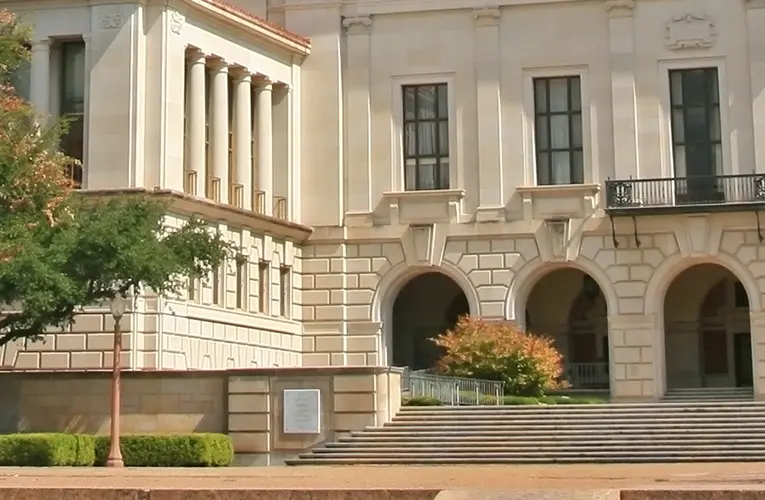“Exposing the Scam: Fake Degrees from ‘Universities’ in Canada and the USA”
**Introduction**
In the realm of higher education, the pursuit of knowledge is often overshadowed by fraudulent schemes designed to deceive both students and employers. This exposé delves deep into the murky waters of fake degrees originating from purported universities across Canada and the USA. By shedding light on these fraudulent practices, this investigation aims to safeguard the integrity of academic credentials and protect individuals and institutions from falling victim to such scams.
**Chapter 1: The Rise of Diploma Mills**
The phenomenon of diploma mills has proliferated in recent years, taking advantage of the digital age to masquerade as legitimate educational institutions. This chapter explores the origins and evolution of diploma mills, examining how they exploit legal loopholes and unsuspecting individuals seeking academic credentials.
**Chapter 2: Anatomy of a Fake Degree**
Here, we dissect the anatomy of a fake degree, from its creation to its distribution. Detailed case studies reveal the intricate process by which these fraudulent diplomas are fabricated, including the falsification of accreditation and transcripts.
**Chapter 3: Investigative Techniques**
Unveiling the investigative techniques used to expose diploma mills, this chapter highlights the collaborative efforts of law enforcement agencies, educational institutions, and accreditation bodies. Case examples showcase successful operations that have dismantled diploma mill networks and brought perpetrators to justice.
**Chapter 4: Victims of Deception**
Examining the devastating impact of fake degrees on individuals and organizations, this chapter features firsthand accounts from victims who unknowingly obtained fraudulent credentials. Their stories underscore the importance of vigilance and due diligence in verifying educational qualifications.
**Chapter 5: Legal and Ethical Implications**
Delving into the legal and ethical ramifications of diploma mills, this chapter explores legislative measures aimed at combating fraudulent practices. Expert insights provide perspectives on the challenges and complexities associated with prosecuting offenders and protecting the credibility of legitimate educational institutions.
**Chapter 6: Safeguarding Academic Integrity**
Offering proactive strategies for safeguarding academic integrity, this chapter presents best practices for verifying educational credentials and detecting fraudulent degrees. Recommendations for enhancing transparency and accountability within the education sector are discussed to mitigate the risks posed by diploma mills.
**Conclusion**
In conclusion, this exposé serves as a call to action for stakeholders in the education community to remain vigilant against the pervasive threat of diploma mills. By raising awareness and promoting rigorous standards, we can collectively uphold the value of legitimate academic credentials and prevent the proliferation of fraudulent degrees.
**Epilogue: Towards a Fraud-Free Future**
Looking ahead, the fight against diploma mills requires ongoing collaboration and innovation. This epilogue outlines initiatives and technological advancements aimed at further strengthening defenses against fraudulent practices, ensuring a future where educational integrity prevails.
—
This structure and style aim to blend investigative journalism with a critical analysis of the issue, providing a comprehensive view that educates and empowers readers to identify and combat diploma mill fraud effectively.










